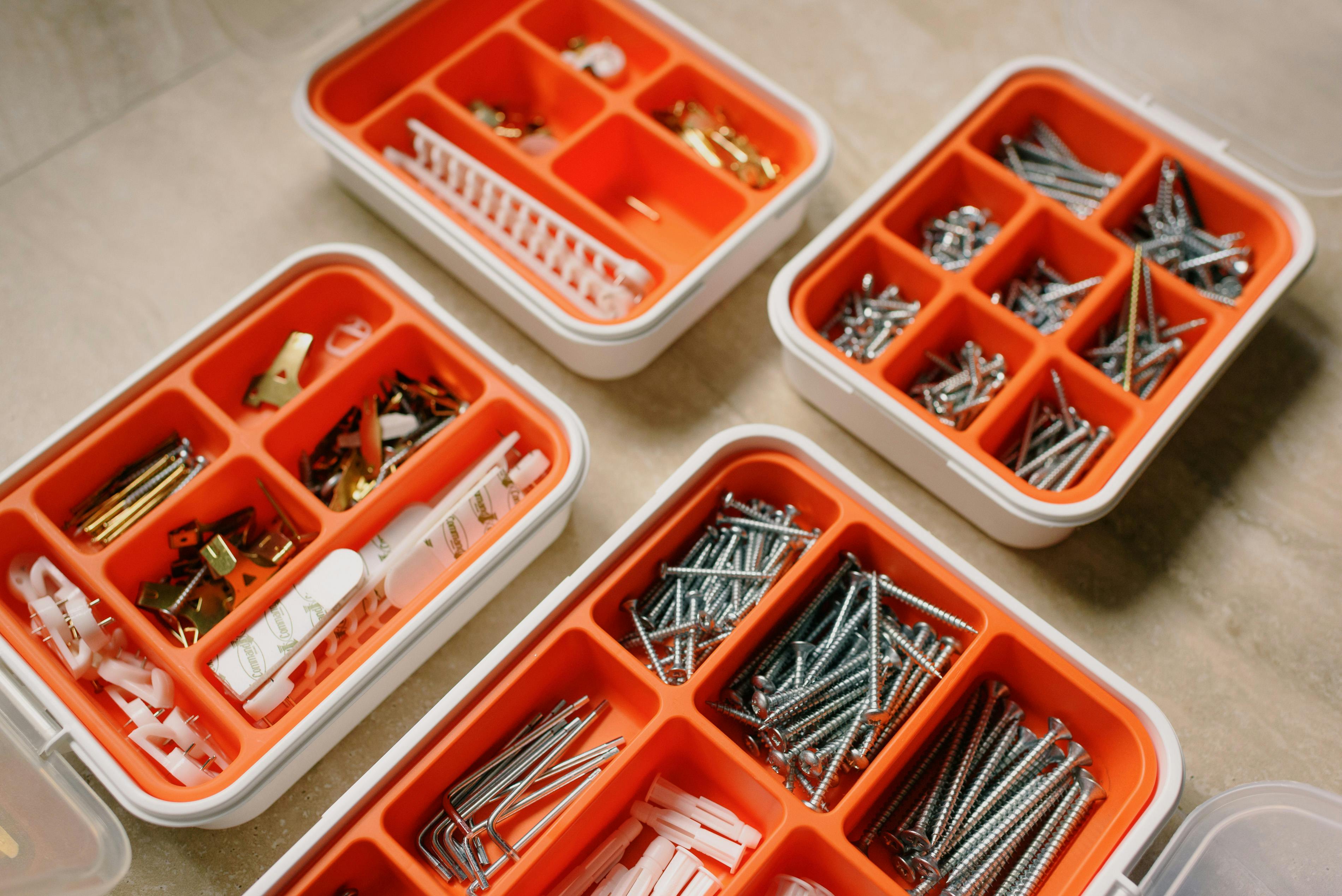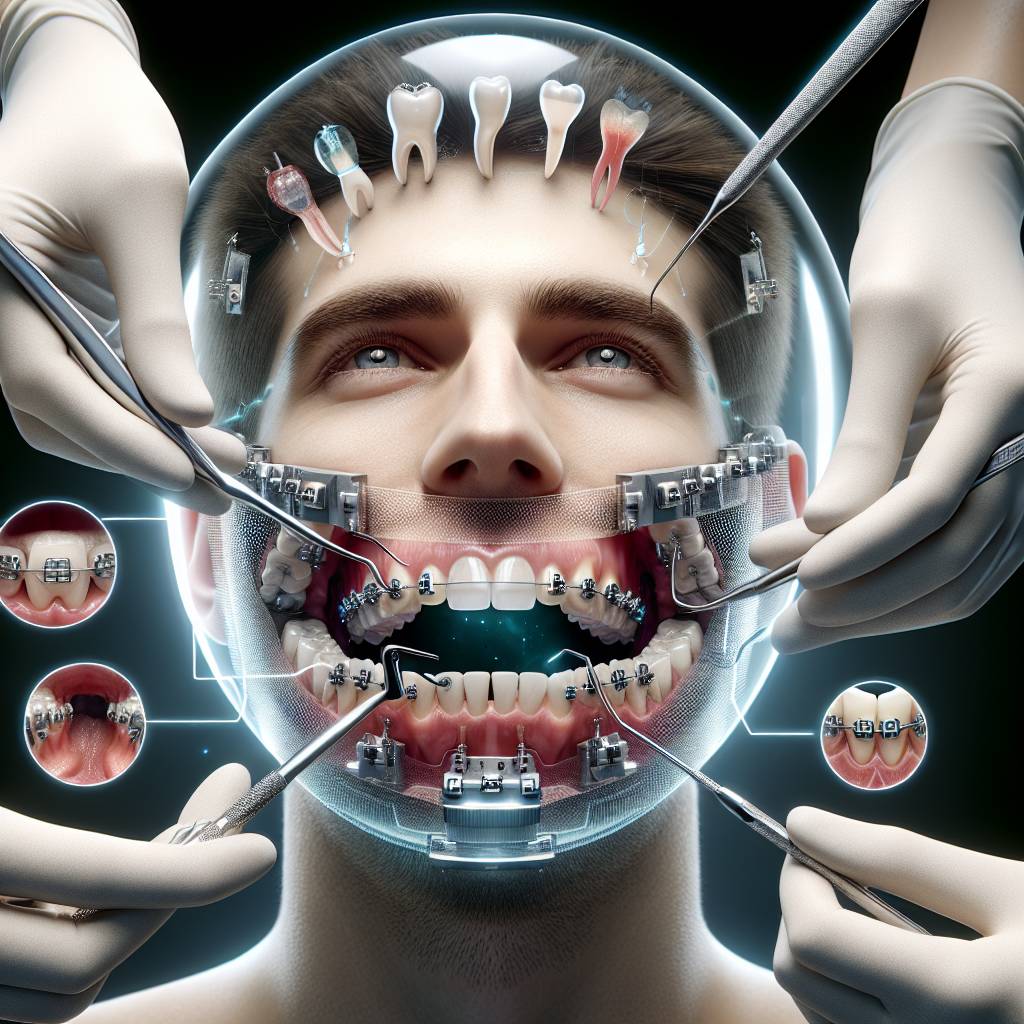Having crowded teeth can be an embarrassing problem that affects your smile and can lead to dental health issues. Fortunately, there are a number of treatments available to fix crowded teeth. From braces to surgery, there is a variety of options to choose from in order to achieve a straighter and healthier smile. In this article, we will discuss how to fix crowded teeth and the various treatments available.Crowded teeth are caused by having teeth that are too large for the jaw or a jaw that is too small for the size of the teeth. In some cases, overcrowding can also be due to genetics or improper alignment of the upper and lower jaws. Other possible causes include poor oral hygiene, thumb sucking, pacifier use, or enlarged tonsils and adenoids.
How Does Braces Fix Crowded Teeth?
Braces are an orthodontic appliance used to adjust and straighten teeth that have become crowded or crooked. The brackets, wires, and bands of the braces create a gentle pressure on the teeth, gradually guiding them into the desired positions. Over time, your teeth will be spaced evenly and aligned correctly.
When using braces to correct crowded teeth, the brace brackets are affixed to the surface of each tooth with a special dental cement. The archwire is then attached to each bracket with tiny elastic bands called ligatures or ties. This wire helps guide the movement of your teeth as they move into place.
Your orthodontist may also use other types of braces such as ceramic braces or clear aligners such as Invisalign to fix crowded teeth. These types of braces use different methods to move your teeth into position but still work in much the same way as traditional metal braces.
The process of straightening your teeth with braces can take anywhere from six months to two years depending on how severe your crowding is and how well you follow instructions from your orthodontist. It is important that you attend all scheduled appointments, wear your retainers correctly, and practice good oral hygiene while wearing braces in order for them to be effective and help fix crowded teeth quickly and safely.
Alternatives to Braces for Fixing Crowded Teeth
Are you looking for alternatives to braces for fixing crowded teeth? There are several options available that can help you achieve the smile of your dreams. Dental appliances, such as aligners, retainers, and night guards, are all viable alternatives to traditional braces. These appliances can be used to correct minor misalignments or crowded teeth without the need for metal brackets and wires.
Aligners are one of the most popular alternatives to braces. They are made of a clear plastic material that fits over the teeth and gently moves them into their correct positions. Aligners are removable, so they can be taken out for cleaning and eating. They are also more comfortable and less visible than metal braces.
Retainers are another option for correcting crowded teeth. These appliances are usually made of plastic or metal and they fit snugly over the teeth while holding them in their correct positions. Retainers can be worn at night or during the day depending on your specific needs. They may need to be adjusted periodically by your dentist in order to ensure that your teeth stay in their proper alignment.
Night guards are a great way to prevent grinding of the teeth while sleeping. These devices fit over the top or bottom row of teeth and help protect them from damage due to grinding or clenching during sleep. Night guards also help reduce snoring by keeping the airway open during sleep.
No matter which option you choose, it is important to speak with your dentist before making any decisions about how best to fix overcrowded teeth. Your dentist will be able to assess your individual situation and recommend the best solution for achieving a beautiful smile without having to resort to traditional braces.
Pros of Using Braces to Fix Crowded Teeth
Braces are a common and effective way to fix overcrowded teeth. There are many advantages to using braces, including improved appearance, better oral health, and improved bite alignment. Braces are designed to gradually reposition the teeth into the correct position, making them an ideal option for correcting overcrowding. The most obvious benefit of braces is that they can give you a more attractive smile. Straighter teeth can improve your overall facial appearance, making you look more youthful and confident. Additionally, when the teeth are properly aligned, it can make it easier for you to brush and floss your teeth, reducing the risk of cavities or gum disease. Finally, when your bite is correctly aligned with braces, it can reduce stress on the jaw muscles and joints and alleviate problems like temporomandibular joint (TMJ) disorder.
Cons of Using Braces to Fix Crowded Teeth
While there are many benefits to using braces for crowded teeth, there are also some drawbacks that should be considered. Braces can be uncomfortable at times as they apply pressure on the teeth in order to move them into place. There is also a risk of developing mouth sores or irritation due to the brackets and wires in the braces rubbing against the inside of your mouth. Additionally, wearing braces requires regular visits with an orthodontist for adjustments which can be time consuming and expensive. Finally, while braces will help improve your smile over time, you may still need additional treatments such as veneers or crowns after your braces are removed in order to achieve optimal results.
What Is the Best Age for Braces Treatment?
Braces treatment can be started at almost any age, as long as the patient has all of their adult teeth. However, the best age to begin treatment is between 10-14 years of age for most children. At this point, it is easier to correct any orthodontic issues that may be present and to ensure that a child’s teeth will be properly aligned for life.
It is important to begin treatment early because it can help to prevent more serious issues from developing in the future. For instance, if a child has crowded or crooked teeth, they are more likely to experience tooth decay and gum disease due to difficulty with brushing and flossing properly. By correcting these issues early on, it can help prevent against these types of problems and ensure that a child’s teeth remain healthy for life.
In addition, by beginning treatment at an early age, it can also help speed up the process overall. Because a child’s mouth is still growing and changing during this period of time, orthodontic treatments are often much easier and faster than they would be in an older patient. This means that a child’s braces can often be removed in less time than they would take an adult patient, saving money in the long run.
Overall, while braces treatment can begin at almost any age, the best time to start is usually between 10-14 years of age. By beginning treatment at this stage in life, it can help prevent against potential oral health problems and speed up the overall process so that a child’s teeth are properly aligned for life.

How Long Does It Take to Fix Crowded Teeth with Braces?
The amount of time it takes to fix crowded teeth with braces depends on the severity of the crowding and the type of treatment chosen. In general, most orthodontic treatments range from 18 to 24 months, although some may take longer or shorter depending on the individual case. During this time, patients should expect to have regular visits with their orthodontist in order to monitor progress and make any necessary adjustments.
Braces typically work by applying pressure to teeth in order to gradually move them into the desired position. The amount of pressure applied and how often it is adjusted will depend on each individual case. Braces may also be accompanied by other treatments such as headgear, retainers or expanders in order to help move teeth into the desired position quicker and more efficiently.
In some cases, such as mild crowding, clear aligners may be used instead of traditional braces. Clear aligners are a series of custom-made trays that fit over teeth and are changed out every 2 weeks until they reach their desired position. Treatment times with clear aligners can range from 6-18 months depending on severity and patient compliance.
It is important for patients to understand that orthodontic treatment is not a quick fix and requires dedication and patience in order for optimal results. For this reason, it is important for patients to stay committed throughout their entire treatment period in order to achieve their desired results.
Other Orthodontic Treatments for Crowded Teeth
Crowded teeth can be corrected using a variety of orthodontic treatments. These treatments vary in complexity and cost, and they may include the use of braces, clear aligners, or intraoral appliances. Braces are the most commonly used method to correct crowded teeth. Braces work by gradually adjusting the position of the teeth using wires and brackets that are attached to each tooth. Clear aligners are also an effective method to correct crowded teeth. These invisible aligners are made of plastic and are designed to fit snugly over the teeth, gradually shifting them into place. They are removable and easy to maintain. Intraoral appliances such as palatal expanders can also be used to correct crowded teeth by widening the upper jaw and creating room for the teeth. This type of treatment requires multiple visits to the orthodontist in order for them to adjust and monitor progress. In some cases, a combination of treatments may be needed in order to achieve desired results.
Potential Risks of Treating Crowded Teeth with Orthodontic Surgery
Treating crowded teeth with orthodontic surgery can be an effective way to improve a person’s smile, but there are potential risks that should be taken into consideration. One of the most common risks associated with orthodontic surgery is infection. Proper care must be taken to ensure that all tools and materials used for the procedure are sterilized and that any wounds created during the surgery are kept clean. The patient must also take proper care of their mouth after the treatment, ensuring that it is properly brushed and flossed.
Another potential risk associated with treating crowded teeth with orthodontic surgery is damage to surrounding tissues and teeth. To reduce the risk of this, it is important to carefully select a qualified surgeon who has experience in performing these types of procedures. Furthermore, patients should be aware that some orthodontic procedures may require multiple surgeries in order to achieve optimal results.
There is also a risk of tooth discoloration or sensitivity due to the treatment, which can occur even when proper care is taken during the procedure. The patient should discuss any concerns they have regarding possible side effects with their dentist before undergoing treatment.
Finally, while treating crowded teeth with orthodontic surgery can provide good results, it does not guarantee success in every case. Patients should understand that there are no guarantees when it comes to this type of treatment and should take into account all potential risks before making a decision about whether or not to proceed with the treatment.

Conclusion
Crowded teeth can be corrected with orthodontic treatment. The most common treatments include braces, aligners, and retainers. The type of treatment recommended will depend on the severity of the crowding and the patient’s goals. In addition to correcting crowding, orthodontic treatment can also improve overall oral health and facial aesthetics. Treatment typically takes several months to a year to complete, but the results are often worth the wait.
Ultimately, if you have crowded teeth, it is important to seek professional advice from an experienced orthodontist. An orthodontist can assess your situation and recommend an appropriate treatment plan that will give you the best long-term results for a healthy and beautiful smile.

